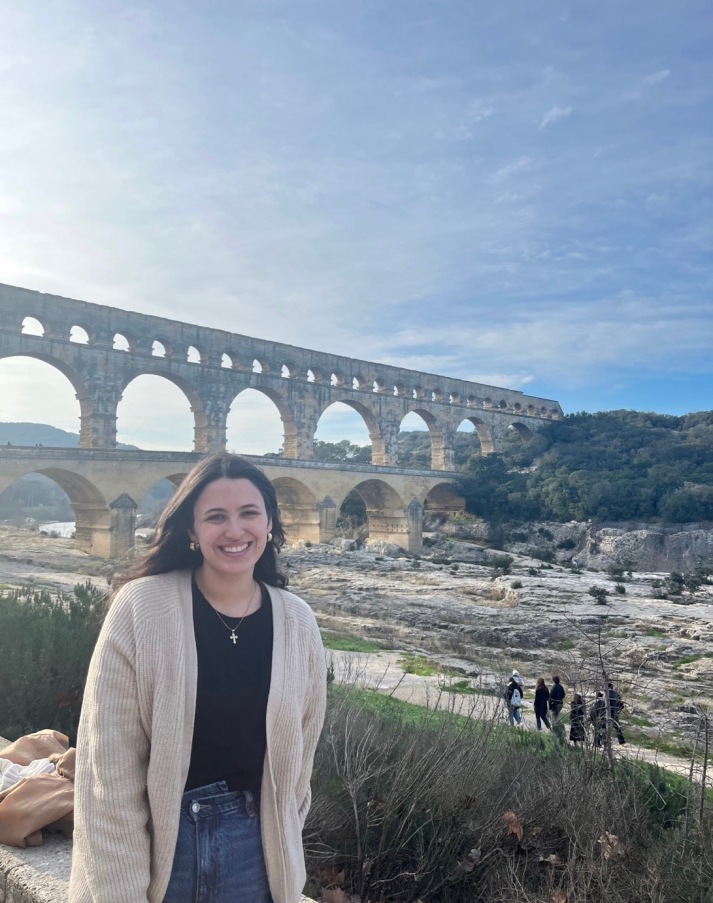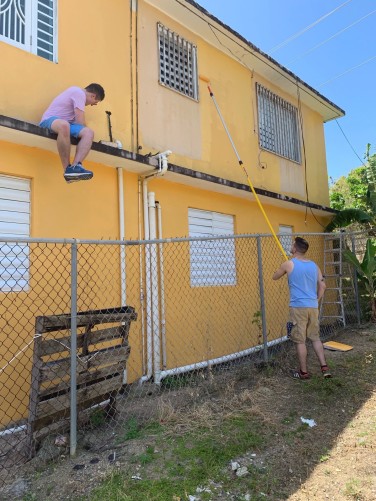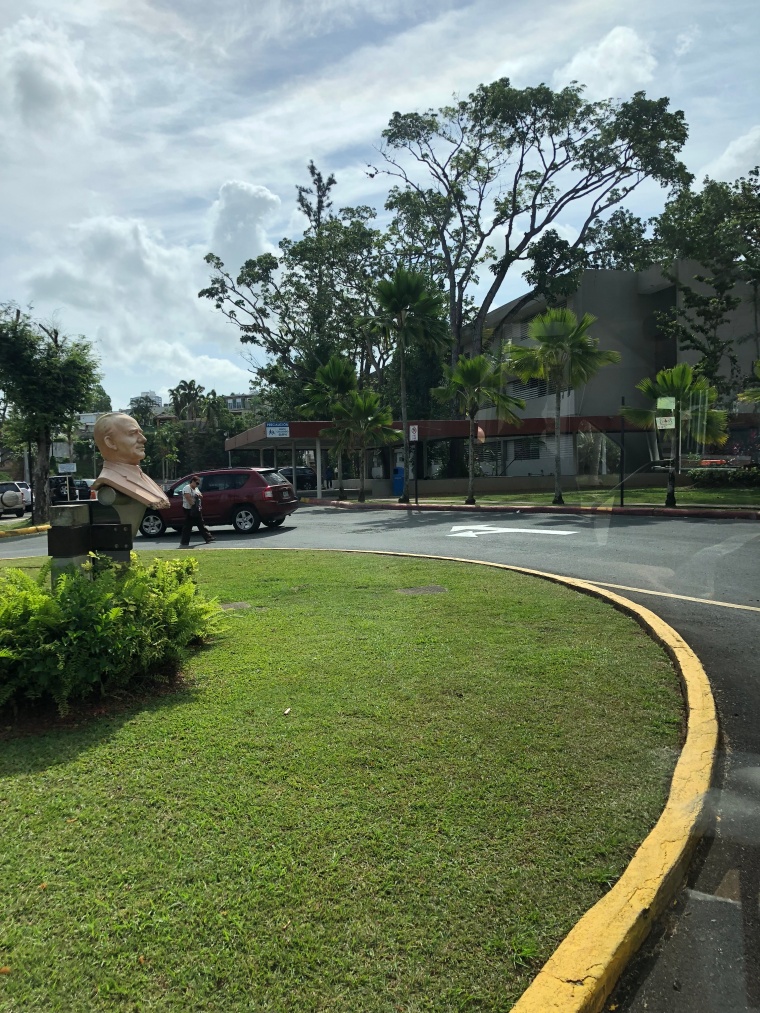By Heather Cass, Publications Manager
Office of Strategic Communication, Penn State Behrend

One thing Sophia DiPlacido knew for sure when she started at Penn State Behrend is that she wanted to leave — for at least a semester.
“I have always wanted to study abroad,” said DiPlacido, a junior dual majoring in Marketing and Psychology. “I was slightly worried about language barriers, though, so I looked at countries with residents who spoke English as a first or second language.”
She ultimately chose France and set off in January to spend the spring 2023 semester in Aix-en-Provence, known as “Little Paris.” She lived with a host family in a home with three other students who were also studying abroad from other U.S. universities.
“My host mother had done a study abroad experience, so she wanted to help others have that opportunity,” DiPlacido said.
She took five classes–International Business, French, History of Christianity, Wine Marketing, and Drawing and Painting–at the Institute for American Universities, where DiPlacido said curriculum is king.
“Extracurricular activities are not a thing in European universities,” she said. “College in France is actually closer to what I had been told in high school that college would be like, which is to say that instructors would not be very accessible, the classes would be mostly lectures, and your grade was made up of a few exams.”
While her college experience was quite different from the experience at Behrend, DiPlacido said she quickly felt at home in France.
“I easily adjusted,” she said. “The geography reminded me of California, and the people were very welcoming, which is not what you sometimes hear about the French. I expected to encounter some resistance because I didn’t speak their language, but everyone was nice about it.”
She didn’t have classes on Fridays, so she was able to explore several nearby countries as travel throughout western Europe is relatively easy and inexpensive. Among her many adventures: visiting the Eiffel Tower in Paris; skydiving in Switzerland; scuba diving in Marseille; making pasta in a cooking class in Venice; and seeing the Cliffs of Moher in Ireland. She also visited Budapest, Brussels, London, Madrid, Nice, and Prague as well as cities in Germany and Luxembourg.
DiPlacido said that all that travel helped her develop important life skills.
“I didn’t have a strong sense of direction,” she said, “but I developed it getting around on my own. It gave me a lot of self-confidence.”
DiPlacido said she would recommend a study abroad experience to students in any major but cautions that it takes work to prepare for it, even with guidance from Behrend’s Learning Resource Center, the campus experts on global programs.
“You have to be proactive and get your visa and passport and stay on top of what needs to be done when,” she said. “But in that responsibility is personal growth. Studying abroad was the most amazing thing I have ever done. You come back a whole different person with an entirely new perspective on the world.”
STUDY ABROAD BASICS
Does it have to be a full semester?
No, at Behrend, the international study experience can be as short as ten days or as long as a full academic year, depending on the type of program a student selects. International study programs are happening throughout the year—during fall and spring semesters, at semester breaks, and over the summer.
Do you need to speak a second language?
No, but you do have to be a strong student, academically, to be eligible for international study. The minimum grade point average is a 2.5, and many programs require a 3.0. Prerequisites vary by program.
How much does it cost?
Cost varies depending on the program and location a student chooses, but you can expect to pay tuition, travel expenses, and for meals and personal expenses while abroad.
Scholarship funds are available for those who qualify. DiPlacido received funding from Penn State Behrend’s Study Abroad program and the University’s Schreyer Honors College, and she won a competitive Gilman Scholarship, which is administered by the U.S. Department of State.
How can a student learn more?
Attend a Study Abroad Information Session. Meetings are held weekly at Behrend throughout the semester. A list of upcoming sessions is available at behrend.psu.edu/studyabroad, where students can also learn about the different types of programs; explore upcoming opportunities; and find out about the application process and deadlines, as well as financial aid and scholarships.
- Email: bdlrc@psu.edu
- Phone: 814-898-6140




 Students at Allianz Arena
Students at Allianz Arena




















